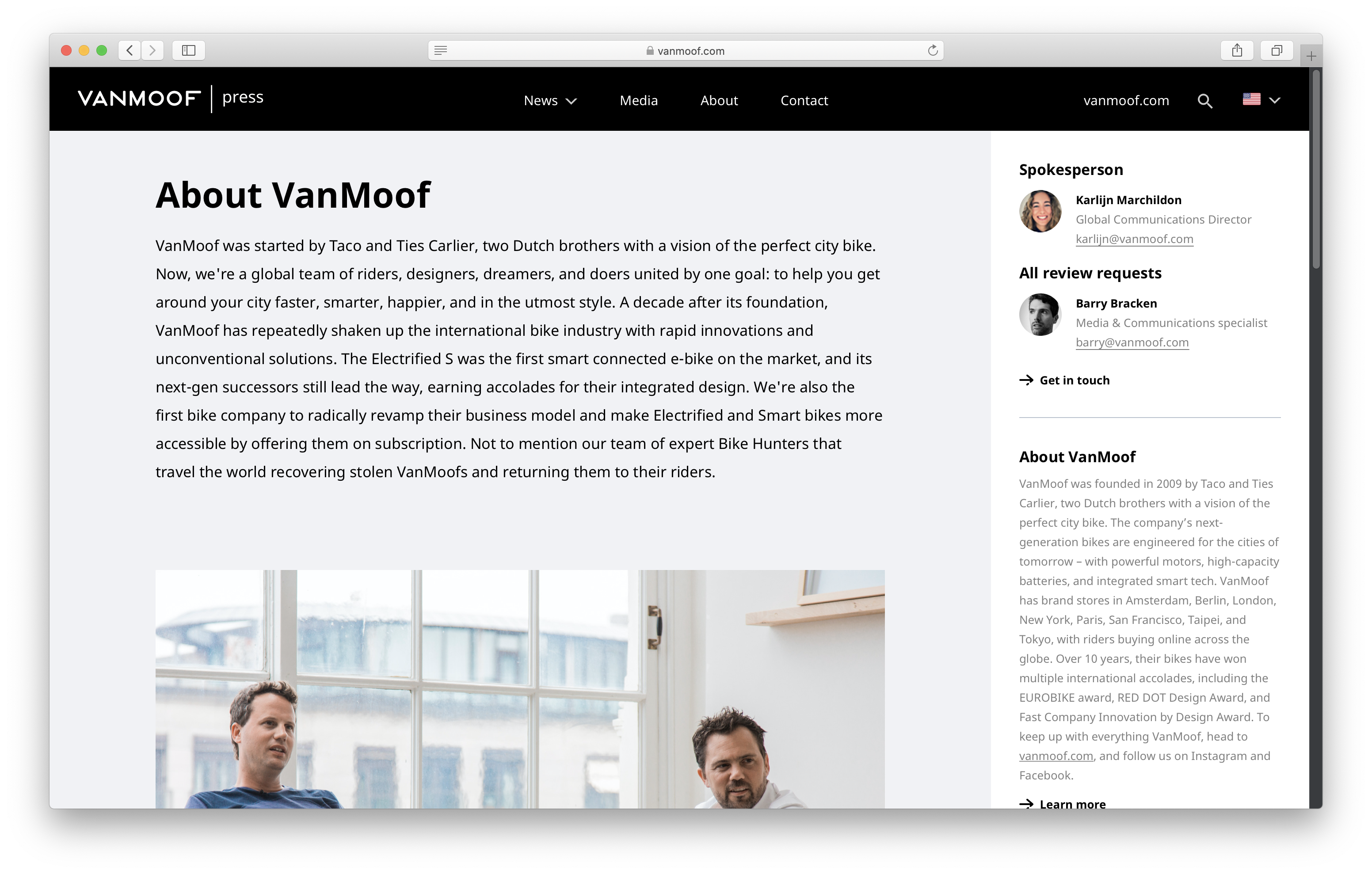A Biased View of Popular News
Wiki Article
The 6-Second Trick For Popular News
Table of Contents4 Easy Facts About Popular News ExplainedFascination About Popular NewsWhat Does Popular News Do?Not known Factual Statements About Popular News
Age is also an element in the means individuals see the duty of social media sites. More youthful social media sites news customers are most likely to say it has influenced their discovering right. About fifty percent of social media sites information customers ages 18 to 29 (48%) claim news on social networks makes them much better informed, contrasted with 37% of those 30 to 49, 28% of those 50 to 64, and 27% of those 65 and older.Reporters evaluate news values when figuring out whether to cover an occasion or announcement. Here are the values that we think about when establishing an outreach technique. Probably one of the most crucial element of newsworthiness is whether or not the news product being connected effects a news outlet's audience. As an example, allow's imagine scientists have discovered an economical solution to a common problem.
Study on a state's brand-new tax code most likely won't create the very same rate of interest across state borders. Periodically experts can aid localize a larger nationwide tale that affects more than simply a city or state.
If you are releasing relevant study, loophole in MarComm before the short article being published to ensure that the pitch can stress the most recent element of the story: the publication of the research. Occasions and statements that include top-level figures are most likely to create media protection. Gos to from national numbers commonly need months of preparation as a result of anticipated area interest.
Some Known Questions About Popular News.

Human interest elements can add news value to various other tales that could show up to be doing not have in the various other worths. The uniqueness or curiosity of a circumstance can aid influence whether an information electrical outlet is most likely to cover a tale. While this is not an extensive checklist, examining to see if your story or occasion has these top qualities prior to calling us will certainly assist you figure out which components hold one of the most information value.

All about Popular News
navigate to these guys There is additionally considerable proof that more consumers can begin to spend for information in the futureif publishers can recognize them and serve them well. Fifty percent of those that do not pay for information proactively choose information and resemble customers in numerous ways. Popular News. And virtually 2 in 10 of those that don't sign up for information currently indicate they are inclined to begin to pay in the futureWe after that ask a collection of questions to figure out whether individuals pay for specific kinds of information resources. We asked people to name the sources they utilize most oftenwhether they spend for them or nothow they use them, the particular points they consider essential regarding them, and some relevant inquiries about the cost and value of that source.
People are drawn to news generally for 2 factors over others: A need to be informed citizens (newspaper subscribers specifically are very inspired by this) and since the magazine they sign up for excels at covering specific subjects concerning which those subscribers especially care. While there are a host of factors, the No.
Greater than 4 in 10 additionally cite the reality that pals and family subscribe to the exact same product. Even more than a 3rd of individuals state they initially subscribed in action to a discount rate or promotion. In print, people also are moved greatly to register for obtain promo codes that conserve them money, something that has untapped ramifications in digital.
The Best Strategy To Use For Popular News

We asked everyone that informed us they have a regular totally free resource of information exactly how likely they would be to spend for it. Greater than a quarter (26 percent) say they would certainly be at least rather most likely to start spending for itand why not try this out 10 percent are extremely or exceptionally most likely. These most likely payers tend to be news hunters, and they also tend to be individuals that currently pay for an information membership in enhancement to the source they follow totally free.
Of those that do pay, 54 percent subscribe to newspapers in print or electronically, which represents 29 percent of Americans in general. Many of them get a print magazine along with their paper and pay for 2 to four information resources in total, some a lot more. And while 53 percent are long-time subscribers (5+ years), more than a quarter (27 percent) have purchased their newspaper membership within the past year.
Couple of print clients believe it likely they will switch to a digital-only subscription in the future, and even more than fifty percent of those that prefer digital have never spent for a print variation of the same resource. Popular News. Totally 75 percent of paper payers claim they primarily checked out the paper in print, while 21 percent are mainly digital individuals, and 4 percent explain themselves as evenly split
Report this wiki page